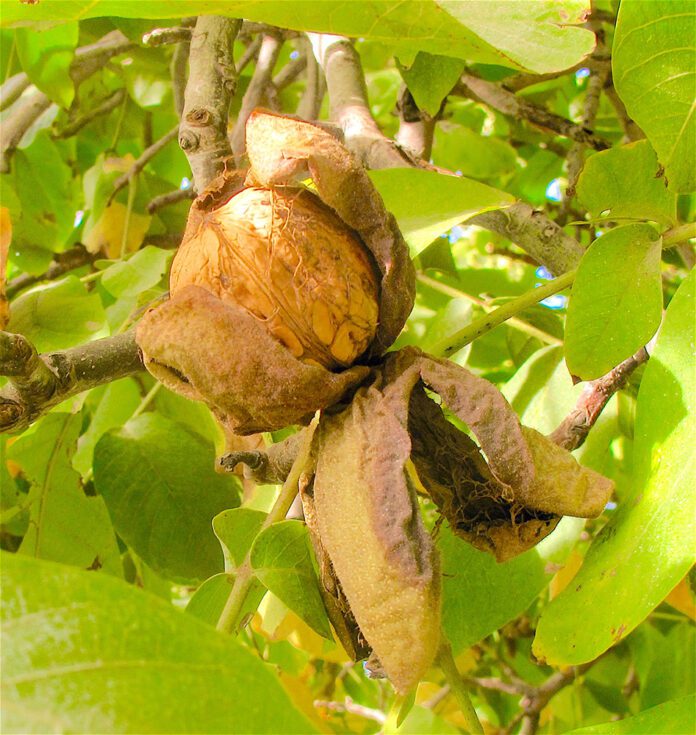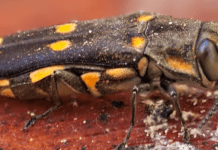
The critical role of pesticides in agriculture cannot be overstated, especially in California’s agriculture sector, which faces unique challenges due to climate change and the threat of invasive species. The Intergovernmental Platform on Biodiversity and Ecosystem Services reported that in 2019, invasive alien species posed a global economic cost exceeding $423 billion annually and were a significant factor in most plant and animal extinctions. This underscores the importance of effective pest management strategies in safeguarding biodiversity and food production.
California’s agriculture is particularly susceptible to the adverse effects of climate change, which exacerbates the threat of invasive species. Pesticides play a pivotal role in combating these threats, ensuring the stability and productivity of the agricultural sector. However, the use of pesticides is a complex issue, balancing the need for effective pest control against environmental concerns.
California agriculture is under constant attack from invasive pests and diseases. These non-native organisms, be it plants, insects, diseases or microbes, pose a significant threat to California’s ecosystems and food supply, and managing them has become a pivotal task for Western Plant Health’s (WPH) members.
Losses From Invasive Pests
California annually suffers over $3 billion in agricultural losses due to these invasive species. The magnitude of this problem cannot be understated, as both the U.S. and California Departments of Agriculture are mandated to protect against the invasion of exotic pests and diseases.
These invasive species are often introduced primarily unintentionally and accidentally but find fertile ground in California’s diverse ecosystems. These non-native species may have few natural enemies in their new locations, allowing them to become pests in the new environment. Often, the invasive population increases dramatically, overwhelming native species by out-competing them for resources such as food, water, light and space.
These invaders can disrupt delicate ecosystems by endangering native plants, altering soil chemistry and affecting water systems. In some cases, invasive weeds can choke out native plants, which threatens the food and shelter of native animals.
The threat of wildfires can also be linked to invasive species. UC Riverside Center for Invasive Species states, “Invasive plants can also cause wildfires to occur more often and burn more intensely.” According to university researchers, including the University College London, California’s 2018 wildfires cost the U.S. economy $148.5 billion.
To stop the rapid growth of these pests and diseases, WPH members work with agricultural communities and local and state officials to employ a wide range of strategies that involve several modern tools and extensive research.
Leveraging modern science, WPH members have invested hundreds of millions of dollars in control products to manage invasive species populations. In addition, research into resistant crop varieties and integrated pest management strategies also offers promising pathways to safeguard California’s agriculture and natural habitats.
The battle against invasive pests and diseases is a continuous endeavor that demands concerted efforts from various stakeholders, including governmental agencies, the agriculture industry, WPH members, research institutions and the community. As California deals with the influx of non-native organisms, the goal remains clear: to protect its ecosystems from these relentless invaders while preserving the delicate balance that sustains our nation’s food supply and the region’s rich biodiversity.
Navigating the SPM Roadmap
The California Sustainable Pest Management (SPM) Roadmap is supposed to be at the forefront of addressing these challenges. It aims to promote sustainable pest control methods that minimize environmental and community impacts and contribute to long-term agricultural sustainability. The SPM Roadmap is supposed to encourage the development of eco-friendly pest management strategies, yet it faces challenges, particularly in transitioning from current products to more sustainable alternatives.
The development and registration of new pesticides is a lengthy and costly process. Registrants spend hundreds of millions of dollars and often more than a decade to bring a new product to market in California. After its creation, the product must undergo a rigorous review process by the U.S. Environmental Protection Agency (US-EPA), which can take five to seven years to complete. After more than 300+ health and environmental studies have been completed for US-EPA, additional California-specific studies are required. These studies and California’s redundant evaluation of US-EPA work can add an additional five-plus years of review before a pesticide is approved for registration. This process, while ensuring public and environmental safety, does not facilitate the rapid availability of alternatives.
For the success of California’s SPM Roadmap and our food producers’ fight against increasing pests, it is crucial current pest control tools remain available until effective alternatives are registered and accessible. This includes the California Department of Pesticide Regulation (CDPR) working to register all products in the queue without bias towards certain groups’ preferences.
To avoid another situation where California eliminates an effective product before alternatives are available, CDPR should be required to provide in writing what alternatives are available. The research demonstrating the alternatives are safe, effective and economically viable should also be required to be publicly available before “priority pesticides” are eliminated.
Proposals to transition agriculture to “softer chemistries” is another complicated aspect of pest control that must be evaluated when replacing effective registered products with “softer chemistries.” This process often requires multiple product applications, which can then lead to resistance and potentially increase the agricultural sector’s carbon footprint due to additional tractor passes and pesticide applications.
Pesticide preemption is critical in California for ensuring consistency of statewide pest control, protecting food supplies and public health. The movement by activists for local pesticide regulations poses serious real-world risks because pests don’t respect community boundaries, they go where they want. Preemption ensures uniformity in pest management practices, preventing uneven approaches and their potential consequences, which can be more pronounced in urban settings where disease-carrying pests can have a more significant impact.
WPH advocates for science-based data in evaluating and registering pesticide tools, as stated in CDPR’s SPM Roadmap and Strategic Plan. A balanced approach, including input from all stakeholders, is crucial in the regulatory process. However, the availability and use of pest control tools must be recognized by the state as needed options for growers and not simply spoken and then forgotten. WPH members produce organic and conventional products, emphasizing that the system choice should be at the farmer’s discretion, not mandated by the state.
Over the past decade, the narratives around chemicals have become increasingly polarized. However, it is essential to recognize chemicals are integral to life. They are present in everything from bodily functions to our environment’s preservation. In agriculture, pesticides, when used responsibly, offer a solution to these pest threats, safeguarding our food supply and biodiversity.

Manufacturers of pesticides work with the CDPR to ensure responsible pesticide use based on scientific principles. The CDPR should focus on clearing its new, more environmentally friendly pesticide backlog. When used judiciously, pesticides are crucial against invasive threats and are vital for protecting our food supply and biodiversity.
Chemicals and pesticides, often viewed with apprehension, are indispensable in our daily lives and maintaining ecological balance. Their role in agriculture, particularly in a state like California, is crucial. The challenge lies in balancing effective pest control with environmental and community concerns, which requires collaboration, scientific rigor and a commitment to a sustainable food supply.
Renee Pinel is the President & CEO of Western Plant Health (WPH), a Sacramento-based trade association whose member companies promote the environmentally safe and agronomically sound use of their products.










